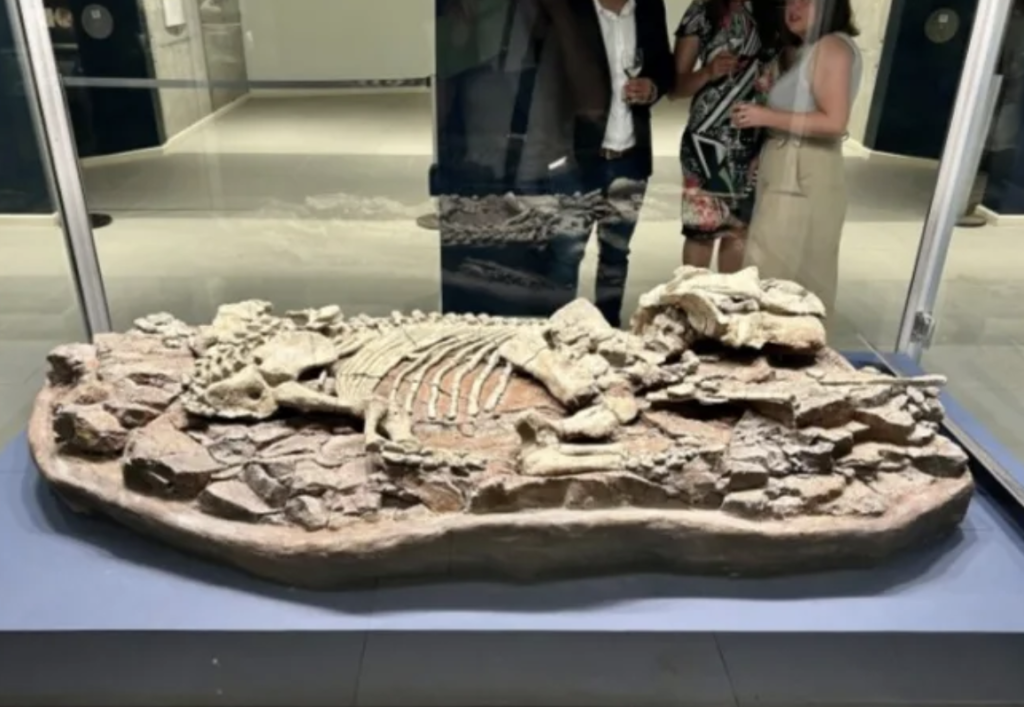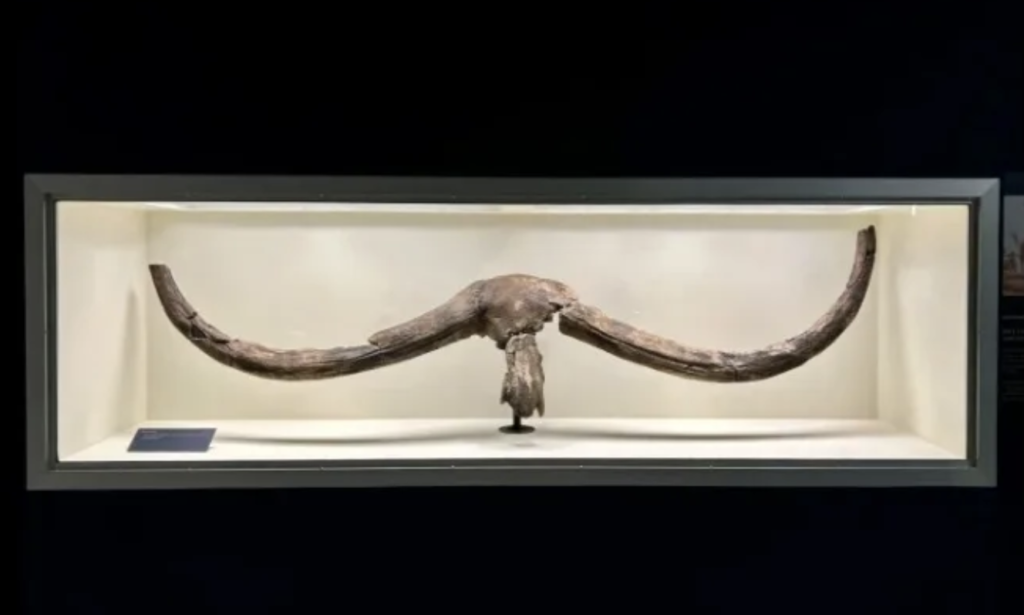Iziko South African Museum is a South African national museum located in Cape Town. Founded in 1897, it was the first museum in South Africa. It houses important African zoology, palaeontology, and archaeology collections.
‘The Hidden Wonders of the South African Iziko Museum’ exhibition aims to foster more inclusive museum practices. This means firstly doing away with the showcasing of objects based on their aesthetically pleasing ‘exotic’ qualities, and presenting natural heritage items and scientific research towards greater societal benefit.

The exhibition showcases zoology such as the first fossilised mammal from South Africa and a 3D-printed skull of an African bear. Further, creatures vital to society today, such as dragonflies and damselflies are included. Marine biologist, Dr. Jyothi Kara, is lead curator of the exhibition and she seeks to collect the country’s incredible natural heritage as well as uncover what that holds for science and society.
Advanced technology has played a huge role in exhibitions such as this one. Firstly technology enables the immortalisation of very fragile and valuable specimens as well as create replicas of these specimens. The technological sector also hosts museum exhibitions and practical educational programmes in order to spread awareness as well as educate the community.
Included on display in the ‘Hidden Wonders’ exhibition is a 3D-printed skull of an African bear called Agriotherium africanum. The African bear, now extinct, was the only one of its kind to roam the plains of South Africa some more than four million years ago.

Image courtesy of Daily Maverick
Through this exhibition the curators are hoping to start the process of bridging the gap between research and the community. Through educating the community of the importance of natural resources they are hoping to instill a pride of the museum in them. When the general public understands that insects play a role in pollination, and that they are used as indicators of water and soil health, they understand that insects ensure food security. Further, this means they understand why they are showcased at the museum and in turn the importance of the museum.
The Iziko South African Museum’s collections are the oldest and largest of their kind in sub-Saharan Africa, housing over 10 million preserved animals, fossils and archaeological artefacts. In the past, animals and objects were collected and exhibited for their beauty. Today, museums collect to record natural heritage and uncover the foundational information it holds for the benefit of science and society. ‘Hidden Wonders of the Iziko South African Museum’ showcases the very best of the impressive and almost 200-year-old collections.



